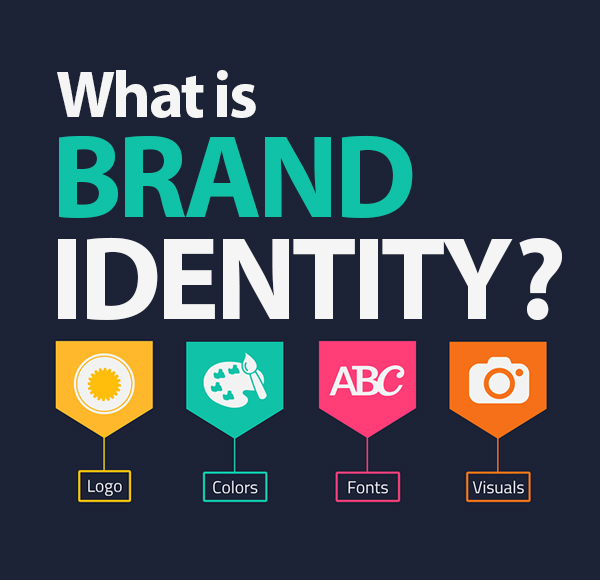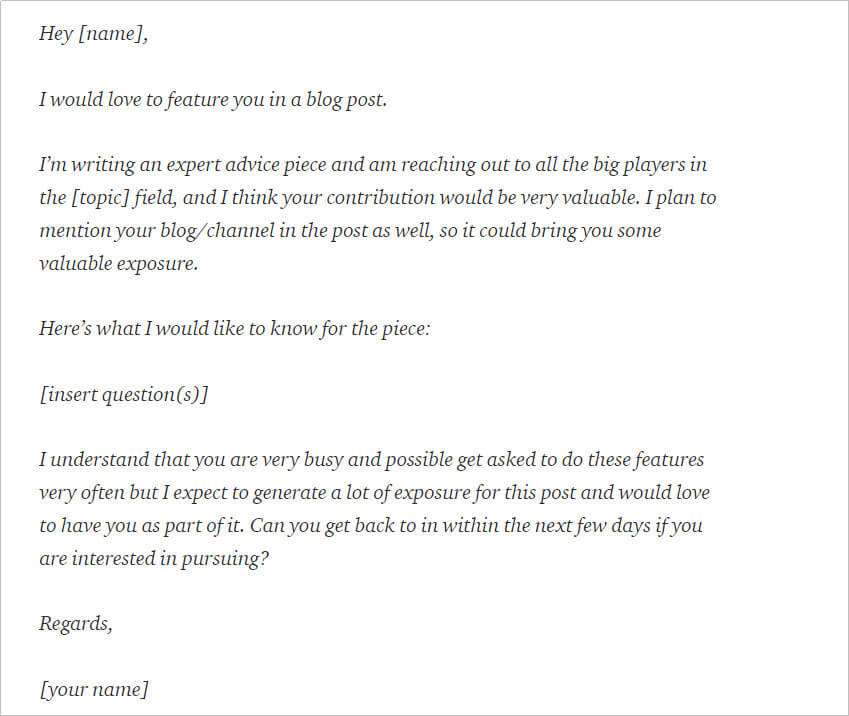The Art of Building Relationships with Brands
Establishing a genuine connection with brands is a crucial step in scoring free products from top brands. By building relationships based on mutual benefit and long-term partnerships, individuals can increase their chances of successful collaborations and free product opportunities. This approach requires a deep understanding of the brand’s values, target audience, and marketing goals.
When building relationships with brands, it’s essential to focus on providing value rather than just asking for free products. This can be achieved by creating high-quality content, engaging with the brand’s social media, and offering exclusive promotions or services. By doing so, individuals can demonstrate their potential as a valuable partner and increase their chances of securing free products.
Moreover, building relationships with brands requires a long-term perspective. Rather than focusing on short-term gains, individuals should aim to establish a lasting connection with the brand. This can be achieved by consistently creating high-quality content, providing excellent customer service, and maintaining open communication channels.
By adopting this approach, individuals can unlock the secrets of scoring free products from top brands. By building genuine relationships based on mutual benefit and long-term partnerships, individuals can increase their chances of successful collaborations and free product opportunities. This, in turn, can help them to achieve their goals and build a successful career in their chosen field.
Identifying the Right Brands to Reach Out To
When it comes to scoring free products from top brands, identifying the right brands to reach out to is crucial. This involves researching and selecting brands that align with your values, audience, and content. By partnering with brands that share your vision and target audience, you can increase your chances of successful collaborations and free product opportunities.
Some popular brands that are known to collaborate with influencers and content creators include Sephora, Nike, and Apple. These brands often have established influencer marketing programs and are open to partnering with content creators who can help them reach their target audience.
To find the right brands to reach out to, start by researching brands that are relevant to your niche or industry. Look for brands that have a strong online presence and are active on social media. You can also use tools like Ahrefs or Moz to find brands that are already partnering with influencers and content creators in your niche.
When researching brands, make sure to read their influencer marketing guidelines and look for any specific requirements or restrictions they may have. This will help you tailor your outreach message and increase your chances of getting noticed by the brand.
Additionally, consider reaching out to smaller or up-and-coming brands that may be more open to collaborating with new influencers and content creators. These brands may not have the same level of competition as larger brands, and can provide a great opportunity to build a relationship and score free products.
Crafting a Compelling Outreach Message
When it comes to asking brands for free stuff, crafting a compelling outreach message is crucial. A well-written message can grab the brand’s attention, showcase your unique value proposition, and increase your chances of scoring free products.
To write a persuasive email or message, start by personalizing your approach. Address the brand by name, and make sure to research their specific marketing goals and initiatives. This will help you tailor your message and show the brand that you’ve taken the time to understand their needs.
Next, highlight your unique value proposition. Explain how your content, audience, or influence can help the brand achieve their marketing goals. Be specific about what you can offer, and provide examples of your previous work or collaborations.
Showcasing your content quality is also essential. Share links to your best work, or attach samples of your content to the email. This will give the brand a sense of your style, tone, and quality, and help them understand why you’re a good fit for their brand.
Finally, make sure to keep your message concise and to the point. Avoid using jargon or overly technical language, and focus on clearly communicating your value proposition and what you’re asking for. A well-written outreach message can make all the difference in scoring free products from top brands.
For example, a compelling outreach message might look like this: “Hi [Brand Name], I’ve been a huge fan of your brand for years, and I love the work you’re doing in [specific area]. I think my audience would really benefit from learning more about your products, and I’d love to collaborate with you on a sponsored post or product review. My content has been featured in [previous publications], and I’ve worked with [previous brands] in the past. Let me know if you’re interested in discussing further!”
Building a Strong Online Presence
A strong online presence is essential for anyone looking to score free products from top brands. Having a professional website, social media profiles, and consistent content can increase your credibility and make you a more attractive partner for brands.
A professional website is a must-have for any serious influencer or content creator. It provides a central hub for your content, and allows brands to easily find and learn more about you. Make sure your website is well-designed, easy to navigate, and showcases your best work.
Social media profiles are also crucial for building a strong online presence. Create profiles on the platforms where your target audience is most active, and make sure to post consistent, high-quality content. Engage with your followers, respond to comments and messages, and use social media analytics to track your performance.
Consistent content is also key to building a strong online presence. Regularly post high-quality content that showcases your expertise and style, and make sure to optimize it for search engines. This will help you attract and retain a clearly defined audience, and increase your chances of scoring free products from top brands.
By building a strong online presence, you can establish yourself as a credible and trustworthy influencer or content creator. This can help you attract more brands, and increase your chances of scoring free products and other collaborations.
For example, a strong online presence might include a professional website with a clear and concise about page, a consistent posting schedule on social media, and a portfolio of high-quality content that showcases your expertise and style. By building a strong online presence, you can establish yourself as a serious influencer or content creator, and increase your chances of scoring free products from top brands.
Understanding the Different Types of Collaborations
When it comes to collaborating with brands, there are several types of collaborations that can be beneficial for both parties. Understanding the different types of collaborations can help you navigate the process and make informed decisions about which opportunities to pursue.
Sponsored posts are a popular type of collaboration, where a brand pays an influencer or content creator to promote their product or service on their social media channels. This type of collaboration can be beneficial for brands looking to increase their reach and engagement, and for influencers looking to monetize their content.
Product reviews are another type of collaboration, where a brand sends a product to an influencer or content creator in exchange for a review. This type of collaboration can be beneficial for brands looking to get feedback on their products, and for influencers looking to provide valuable content to their audience.
Giveaways are a type of collaboration where a brand partners with an influencer or content creator to give away a product or service to their audience. This type of collaboration can be beneficial for brands looking to increase their reach and engagement, and for influencers looking to provide value to their audience.
Other types of collaborations include affiliate marketing, where an influencer or content creator earns a commission for promoting a brand’s product or service, and brand ambassadors, where an influencer or content creator represents a brand over a long period of time.
When considering a collaboration, it’s essential to understand the benefits and expectations of each type. Sponsored posts, for example, typically require a high level of engagement and reach, while product reviews require a more in-depth analysis of the product. Giveaways, on the other hand, require a large audience and a clear understanding of the brand’s goals.
By understanding the different types of collaborations, you can make informed decisions about which opportunities to pursue and how to approach them. This can help you build successful relationships with brands and increase your chances of scoring free products and other collaborations.
Negotiating with Brands: Tips and Tricks
Negotiating with brands can be a daunting task, especially for those who are new to the world of influencer marketing. However, with the right approach and mindset, you can successfully negotiate with brands and secure the collaborations you want.
One of the most important things to keep in mind when negotiating with brands is to set clear expectations. This means being upfront and transparent about what you are looking for in a collaboration, and what you are willing to offer in return. Be specific about your rates, your content requirements, and your expectations for the partnership.
Another key aspect of negotiating with brands is to discuss compensation. This can be a sensitive topic, but it’s essential to be open and honest about your rates and what you are looking for. Consider your costs, your time, and your expertise when determining your rates, and be prepared to negotiate.
Establishing a mutually beneficial agreement is also crucial when negotiating with brands. This means finding a partnership that works for both parties, and that provides value to both the brand and the influencer. Consider the brand’s goals and objectives, and think about how you can help them achieve those goals.
Some additional tips for negotiating with brands include being flexible, being open-minded, and being willing to compromise. Be prepared to walk away if the terms of the partnership are not favorable, and don’t be afraid to ask for what you want.
By following these tips and tricks, you can successfully negotiate with brands and secure the collaborations you want. Remember to stay calm, stay professional, and stay focused on your goals.
Following Up and Building Long-Term Relationships
Following up with brands after an initial outreach is crucial for building long-term relationships and securing future collaborations. It’s essential to stay top of mind and continue to provide value to the brand, even after the initial collaboration has ended.
One way to follow up with brands is to offer exclusive content or promotions that align with their interests and goals. This can be in the form of a blog post, social media update, or email newsletter. By providing value and staying relevant, you can keep the brand engaged and interested in future collaborations.
Another way to build long-term relationships with brands is to show appreciation for their support. This can be as simple as sending a thank-you note or email, or by sharing a post or update on social media expressing your gratitude. By showing appreciation, you can build trust and strengthen your relationship with the brand.
Additionally, consider offering to collaborate with the brand on future projects or initiatives. This can be a great way to build a long-term relationship and secure future collaborations. By being proactive and offering value, you can stay top of mind and build a strong partnership with the brand.
Some additional tips for following up with brands include being consistent, being patient, and being persistent. Don’t be discouraged if you don’t hear back from the brand right away. Keep following up and providing value, and eventually, you will build a strong relationship and secure future collaborations.
By following these tips and building long-term relationships with brands, you can increase your chances of scoring free products and other collaborations. Remember to stay focused on providing value and building trust, and you will be well on your way to building a successful partnership with top brands.
Measuring Success and Adjusting Your Strategy
When it comes to scoring free products from top brands, it’s essential to track the success of your outreach efforts and collaborations. By monitoring your results, you can refine your approach, improve future collaborations, and increase your chances of getting free stuff from brands. Here are some key performance indicators (KPIs) to measure and tips on how to adjust your strategy accordingly.
Website analytics tools, such as Google Analytics, can help you track the success of your collaborations. Monitor metrics like website traffic, engagement rates, and conversion rates to see how your content is performing. This data will help you identify what’s working and what areas need improvement.
Social media analytics tools, like Hootsuite or Sprout Social, can also provide valuable insights into your collaboration’s performance. Track metrics like follower growth, engagement rates, and reach to see how your content is resonating with your audience.
When analyzing your data, look for trends and patterns that can inform your future outreach efforts. For example, if you notice that collaborations with beauty brands tend to perform better than those with fashion brands, you may want to focus more on beauty brands in the future.
Another crucial aspect of measuring success is tracking your email open rates and response rates. If you notice that your emails are not getting opened or responded to, it may be time to adjust your outreach strategy. Try personalizing your emails more, or experimenting with different subject lines and email copy.
Finally, don’t be afraid to ask for feedback from brands. Ask them what they liked or didn’t like about your content, and what you can improve on in the future. This feedback can be invaluable in helping you refine your approach and increase your chances of getting free stuff from brands.
By tracking your results and adjusting your strategy accordingly, you can improve your chances of success and build long-term relationships with top brands. Remember, the key to getting free stuff from brands is to provide value and be professional. By following these tips and continuously refining your approach, you can master the art of asking brands for free stuff and take your influencer marketing game to the next level.






